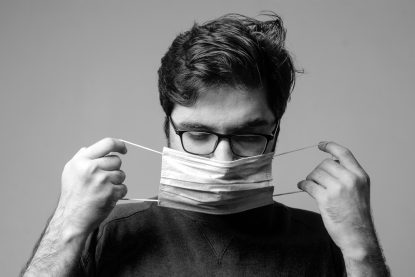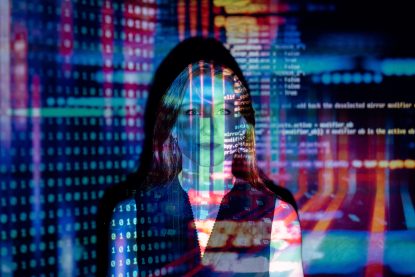Looking at facial recognition through the eyes of a healthcare decision-maker is perhaps a less conventional, but no less important application for this technology. For healthcare institutions around the globe, adopting facial recognition technology offers an opportunity to drive better patient outcomes, leading to significant cost savings. The scope of impact is vast and should be examined in full in order to help institutions achieve the goal of higher standard of care services, whilst being efficient and effective with resources.
Remove insurance fraud with efficient and safe check in
From unlocking smartphones to paying for groceries, consumers use facial recognition daily, for the most mundane activities. Introducing facial recognition into the patient check-in and check-out process is a natural evolution that provides at least three key benefits – 1.improved customer experience, 2. efficient patient processing, and 3. protection from insurance policy fraud. With healthcare fraud estimated to be about $54 billion a year in America, leveraging facial recognition technology in a hospital system is sure to drastically reduce these types of fraud losses.
Implementing VisionLabs’ facial recognition ensures the policyholder is the person accessing the healthcare insurance, virtually eliminating the possibility of fraud while providing significant enhancement to patient outcomes and better allocation of the healthcare systems financial and human resources.
Improved business and financial operations
Poor security can lead to negative patient outcomes as resources are directed away from patient care. For example, one medical center in San Jose, CA lost equipment valued at more than $11 million in four years due to theft and loss.
VisionLabs’ facial recognition uses VisionLabs’ bespoke neural network AI to enable the delivery of the highest accuracy (99.9%) across multiple use cases. This means that the confidence of any business, be it retail, financial services, public safety or healthcare can be almost virtually guaranteed as access is only granted to approved and verified individuals.
Our algorithm has proven to be the hardest to ‘spoof’, outperforming the competition in the accuracy of its ‘liveness checks’ for three years running. Therefore, even planned intrusions and attempted access to secure areas will be prevented. Unparalleled security significantly reduces theft and healthcare crime, and consequently, healthcare institutions will garner large immediate and long-term savings.
Technology access by the right people
A more benign, but no less costly area for healthcare institutions is the incorrect use of expensive healthcare technology which significantly increases hospitals’ expenditures. Short staffing and specialist training requirements mean that instances as common as changes to an equipment supplier could result in user errors or equipment misuse rendering expensive technologies out of order, unusable, or requiring technical repair. The accuracy of VisionLabs’ technology ensures that only approved, fully trained staff members are enabled to access these technologies ensuring that large amounts of incorrect and unnecessary usage will be curtailed. This saves hospitals and healthcare institutions vast amounts of money and increases the lifespan of these technologies.
Monitoring unexplained drug loss
Drug loss and healthcare crime are accelerating, and the financial losses are huge. 79% of Canadian hospital controlled-drug loss reports are “unexplained losses,” demonstrating a lack of traceability costing healthcare institutions millions each year.
Another novel application of facial recognition is to provide real-time monitoring of drug and other pharmaceutical substances . Logging into a system, or providing lockers that require facial recognition approval to access these medications, means only approved staff members can access the most in demand drugs and keep an account of which staff members have accessed them. This can be used to recover ‘lost’ or misplaced drugs and prevent their misuse by inexperienced staff or intruders. This ensures the supply of drugs needed for patients remains high, and the highest standard of care can be delivered. Moreover, this enables an immediate and long-term savings of resources that can be reinvested into the delivery of health care.
Facial recognition provides a direct positive impact to serving patients efficiently and effectively through security, drug and machine monitoring, improvement in the patient check-in/check-out process, and fraud prevention. The monetary savings from these use cases can also be directed back into the institution to maximize the level of care, and increase profits.
To discover how facial recognition could improve your healthcare institution, get in touch here.
**It does not imply any recommendation or endorsement by the National Institute of Standards and Technology.





